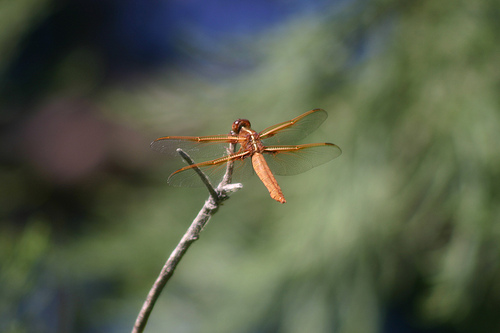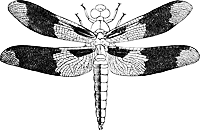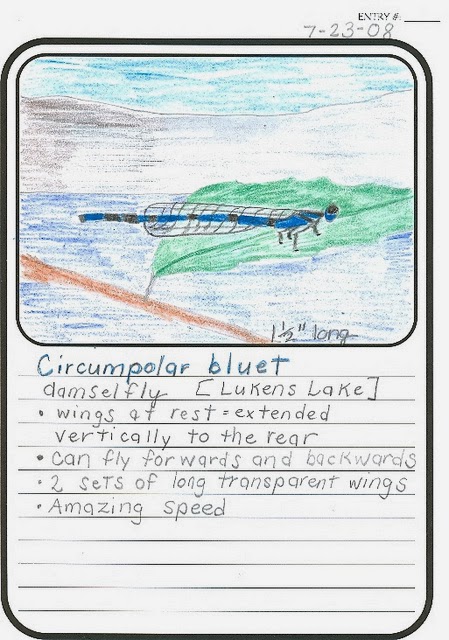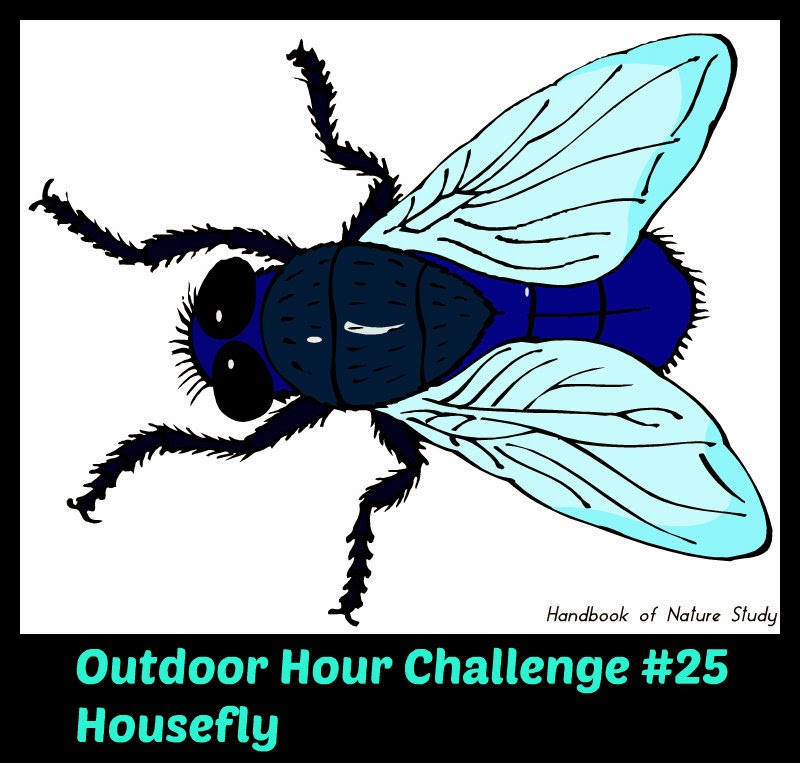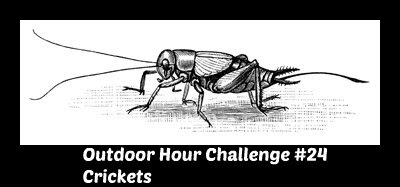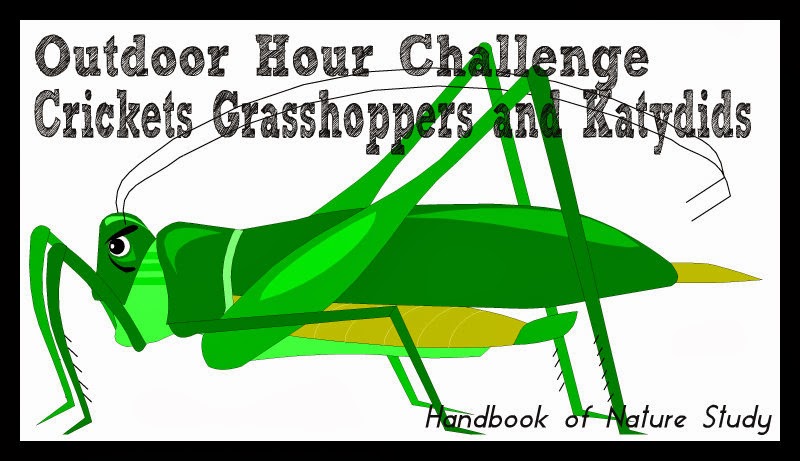Just like with the birds at the Living Desert Museum, it was a treat to see so many butterflies at their Butterflies Alive! exhibit.
They also had a butterfly garden outdoors that was a great source of ideas for different plants that I may be able to incorporate into my backyard butterfly garden.
“This graceful butterfly is a very good friend to the flowers, being a most efficient pollen-carrier. It haunts the gardens and sips nectar from all the blossom cups held out for its refreshment; and it is found throughout almost all parts of the United States.”
Handbook of Nature Study, page 301
It was hard to know where to look because there were butterflies flying and landing in just about every direction. Make sure to click the photos to see them close up!
There were blue ones.
There were white ones. (Love the heliotrope!)
There were striped ones.
There were ones with beautiful wings and long legs.
We tried to catch them on our fingers but they were very shy. It was more fun just to sit and watch them flutter by on their way to sip some more nectar.
When we tired of butterflies, there were more hummingbirds to observe.
Now I wish I would have written down the kinds of hummers that were there. This one was black with a greenish head and a long red beak.
This one was not shy and came within inches of me over and over again to sip from these red flowers.
The museum purchases the butterfly chrysalis’ and then mount them on sticks in the window for all to watch. There were rows and rows of them and some were just starting to come out and stretch and meet the world.
My favorite chrysalis’ were the ones for the Queen butterfly. They were a soft green color with a gold line rimming one end. Amazing, truly amazing.
This is a newly hatched butterfly waiting for its wings to fully dry before they let it out into the aviary. So, so pretty.
Okay, this entry is getting rather long and it has completely too many photos. Believe me…I restrained myself.
Hope you enjoyed seeing this part of our trip. I will share more about the cactus and rock climbing in another entry.












